The museum at Port Charlotte was just up my street. Housed in a former kirk and full of silly things.
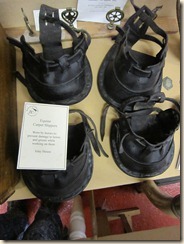 Horse’s slippers – to be worn when the horse is pulling a lawn mower
Horse’s slippers – to be worn when the horse is pulling a lawn mower
Hazel pegs for castrating lambs and calves
My mother’s spare buttons are kept in one of these
After the museum we drove over to Port Ellen, which is usually where Kennacraig ferry normally comes in. 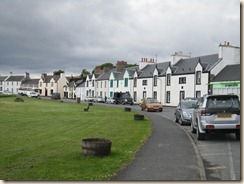
There is no longer a distillery here but it houses a maltings which supplies all the distilleries.
I’ve tried to find out why there are so many distilleries on Islay (8) and it seems it is because the Campbells of Islay were the King’s (but which King?) men and because of this Islay was allowed to oversee its distilling itself rather than by an external authority which meant they paid less tax thus enabling them to get established. Now they are not only good a good source of employment, they support the local community. For instance the waste heat from the Bowmore distillery is used to heat the adjoining swimming pool and the Islay Pipe Band is match funded by one of the distilleries.
Carraig Fhada, the square lighthouse, in Port Ellen bay. The lighthouse was commissioned in 1832 by Walter Frederick Campbell in memory of his first wife Lady Eleanor Campbell (nee Charteris-Wemyss-Douglas).
On to the Mull of Oa, another RSPB reserve, another monument.
This one is to American lives lost on the Tuscania as well as the Otranto.
I’ve been trying to find out what happened to the bodies of the Americans drowned in the sinking of the Otranto and have dug up more of the story. The Kashmir limped on after the collision, seemingly oblivious to what was happening to the Otranto. The Mounsey, a small naval destroyer was the only ship which responded to the SOS and made repeated attempts to come alongside the Otranto, only four of which were successful. When the decks were so heavily loaded and the sea worthiness of the Mounsey was under threat the Mounsey had to give up and went to Belfast with 596 survivors. Some 400 men had to be left behind and although the Otranto was only 500 yards from the shore only 16 made it ashore alive. Lt Craven, the captain of the Mounsey was decorated for gallantry.
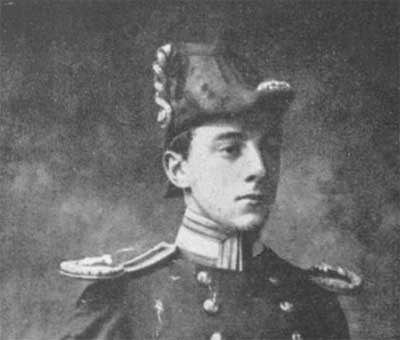
He left the Navy and joined the Royal Irish Constabulary. He was killed in an IRA roadside ambush in 1921.
The American servicemen were exhumed and repatriated to the United States in 1920.
Anyway, now to the story of the Tuscania…
“On 5 Feb 1918 the HMS Tuscania, a troop transporter with over 2000 people on board, was torpedoed by the Germany submarine UB77 under Commander Wilhelm Meyer. Despite rescue efforts 266 soldiers drown when the Tuscania sinks 7 miles offshore of Islay, several of them when their lifeboats are struck against the cliffs of The Oa.
In 1920 the American National Red Cross erected the American Monument on the Mull of Oa in memory of those who died when the Tuscania and the Otranto sank. The memorial is inscribed with the following metaphor: "On Fame's eternal camping ground, their silent tents are spread, while glory keeps with solemn round, the bivouac of the dead" ”
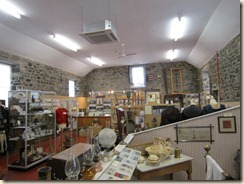
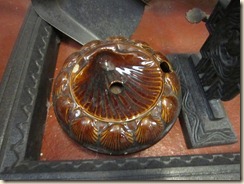
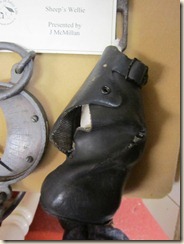
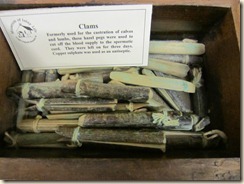
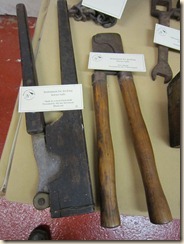
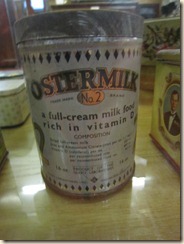
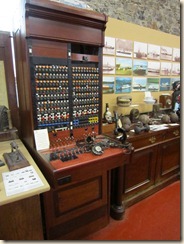
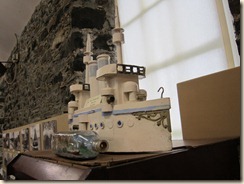
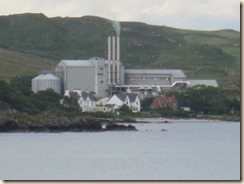
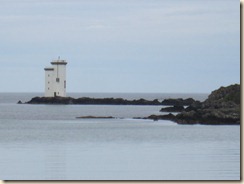
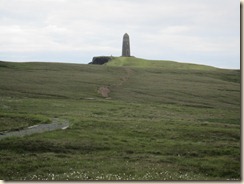
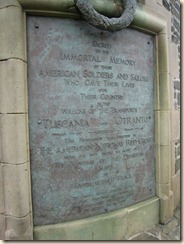
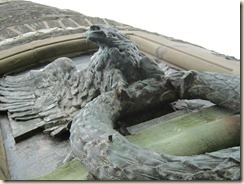
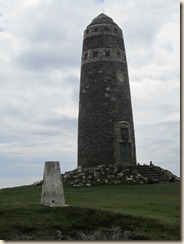
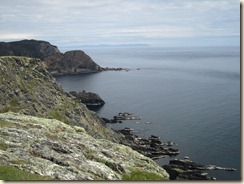
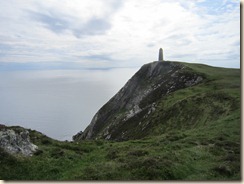




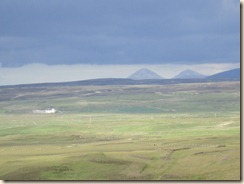
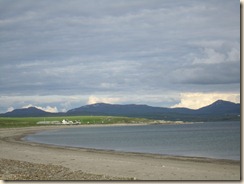
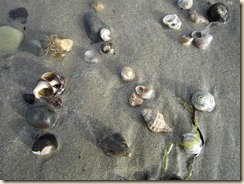
No comments:
Post a Comment